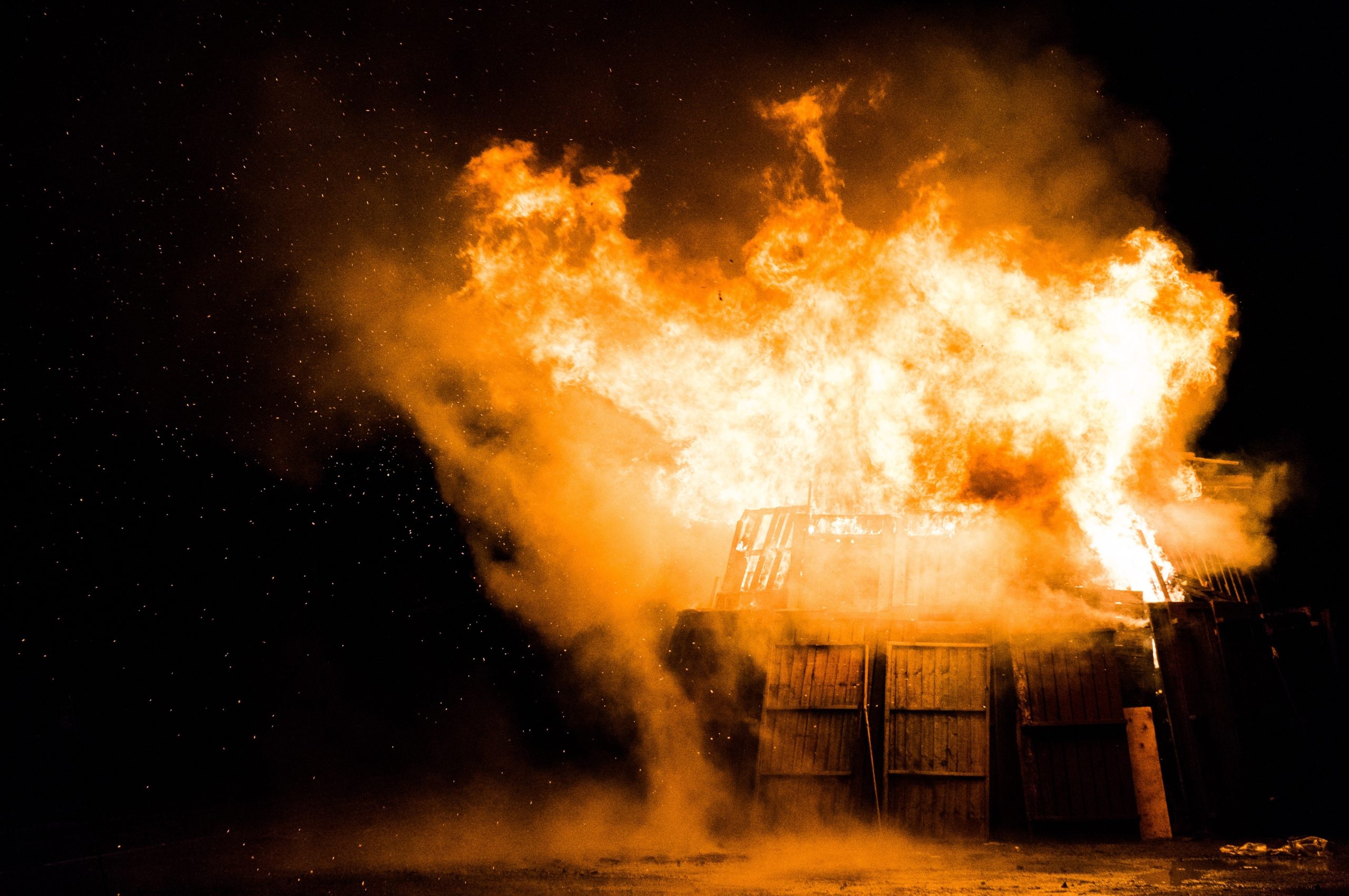 A chemical plant explosion, sudden and dangerous, causes chaos when the workers try to escape. During that exodus, a worker is trampled by his colleagues as they attempt to flee. Who then bears responsibility for the injuries caused by this trampling? Is it the other workers? Is it their managing company? Is it the owner of the chemical plant?
A chemical plant explosion, sudden and dangerous, causes chaos when the workers try to escape. During that exodus, a worker is trampled by his colleagues as they attempt to flee. Who then bears responsibility for the injuries caused by this trampling? Is it the other workers? Is it their managing company? Is it the owner of the chemical plant?
Just outside Geismar, Louisiana, multiple injuries resulted from a chemical explosion at the William Olefins plant. As a result, the numerous injured parties filed lawsuits against several defendants for those injuries. The defending parties included the Chicago Bridge and Iron Company collective (“CB&I”). One of the plaintiffs was Ken Haydel, whom CB&I had hired to work in the Olefins plant. Haydel alleged that he was pushed down and trampled by other CB&I workers following the explosion and that CB&I is responsible for the “intentional acts” committed by their employees within the scope of their employment.
A hearing occurred at the trial court on CB&I’s motion for summary judgment. CB&I sought to evade specific legal claims Haydel made before trial. The trial court granted CB&I’s motion for summary judgment, and Haydel appealed the trial court decision.
A motion for summary judgment can be granted after sufficient discovery so long as the party moving for the motion can show no factual dispute for the court to assess. See LSA-C.C.P. art. 966(A)(3). If the moving party can show that they are entitled to judgment as a matter of law, the court’s grant of summary judgment is appropriate. See Smith v. Our Lady of the Lake Hospital, Inc. 93-2512 (La. 7/5/94), 639 So. 2d. 730, 750.
In Louisiana, workers’ compensation is usually the sole remedy for an on-the-job injury unless an intentional act is involved. See LSA-R.S. 23:1032(B). The Louisiana courts have previously determined that employers are only liable for such intentional acts done by employees, even if at the worksite during business hours if the act was done according to the employee’s job. See Boudreaux v. Papa Bear’s Pizza, LLC, 2016-1173 (La. App. 1st Cir. 4/26/17), 220 So. 3d. 84,89. Courts consider various factors to analyze the extent of the connection between the act and the job.
In focusing on whether CB&I was liable for the allegedly intentional harm to Haydel, the court of appeals upheld the dismissal of Haydel’s claims and affirmed summary judgment for CB&I. The primary basis of this decision was that Haydel did not prove with enough specificity that the CB&I employees acted under their CB&I employment when they injured the plaintiff. The court of appeals agreed with both the trial court and CB&I that the mere fact that the trampling occurred on the business premises during working hours is not sufficient to cast vicarious liability on CB&I for the acts of its employees. Additionally, as the trial court found, the facts do not show that CB&I had any part in causing the explosion at the root of this accident.
Haydel did not present any arguments against the trial court’s factual findings. The court of appeals affirmed the trial court’s determination that CB&I employees attempting to flee a dangerous explosion was motivated by personal safety concerns rather than CB&I business interests, thus not rising to the level of connection required between intentional act and job. CB&I sufficiently showed that there is no factual dispute as to the claim of vicarious liability–Haydel did not present facts showing CB&I’s responsibility for his injuries, so the motion for summary judgment was appropriately awarded.
Haydel’s insufficient factual evidence led to the dismissal of his claims. The casting of vicarious liability on the employer for the acts committed by its employees has particular requirements; it is not enough that the conduct occurred at work, during work. It must be clear on the record that the behavior was done in accordance with the employment, in furtherance of the employer’s interests. Haydel did not show any connection between his injuries and his colleagues’ CB&I employment, a necessary aspect of CB&I’s alleged liability.
This case demonstrates the complexity of presenting claims to a court. One must choose their attorney wisely and ensure they have the experience to go to trial.
Additional Sources: Higgins v. Williams Energy Partners, L.P.
Written by Berniard Law Firm Blog Writer: Callie Ericksen
Additional Berniard Law Firm Article on Vicarious Liability of Employers: Bienville Parish Auto Accident Raises Questions of Vicarious Liability
 Insurance Dispute Lawyer Blog
Insurance Dispute Lawyer Blog

